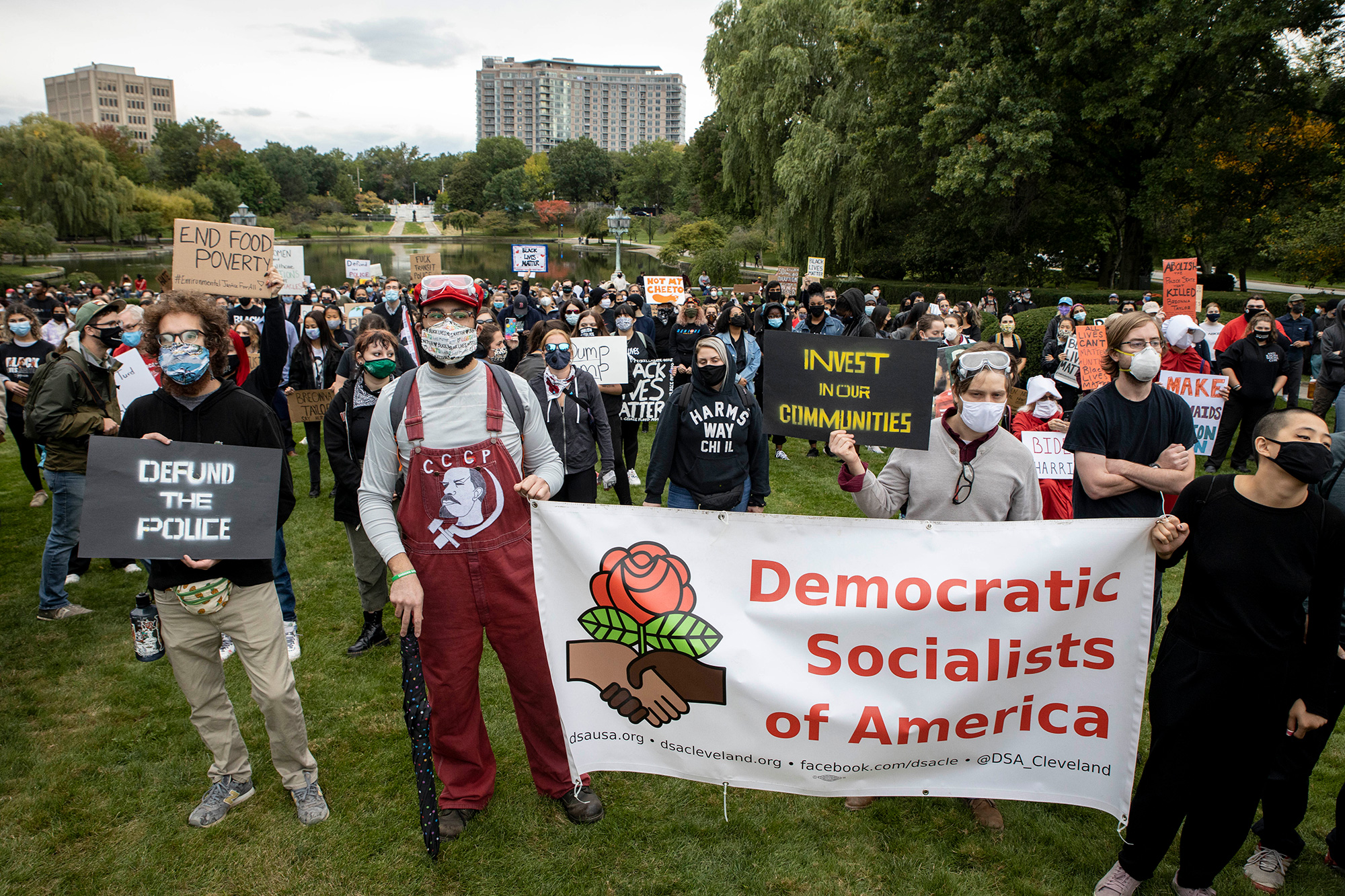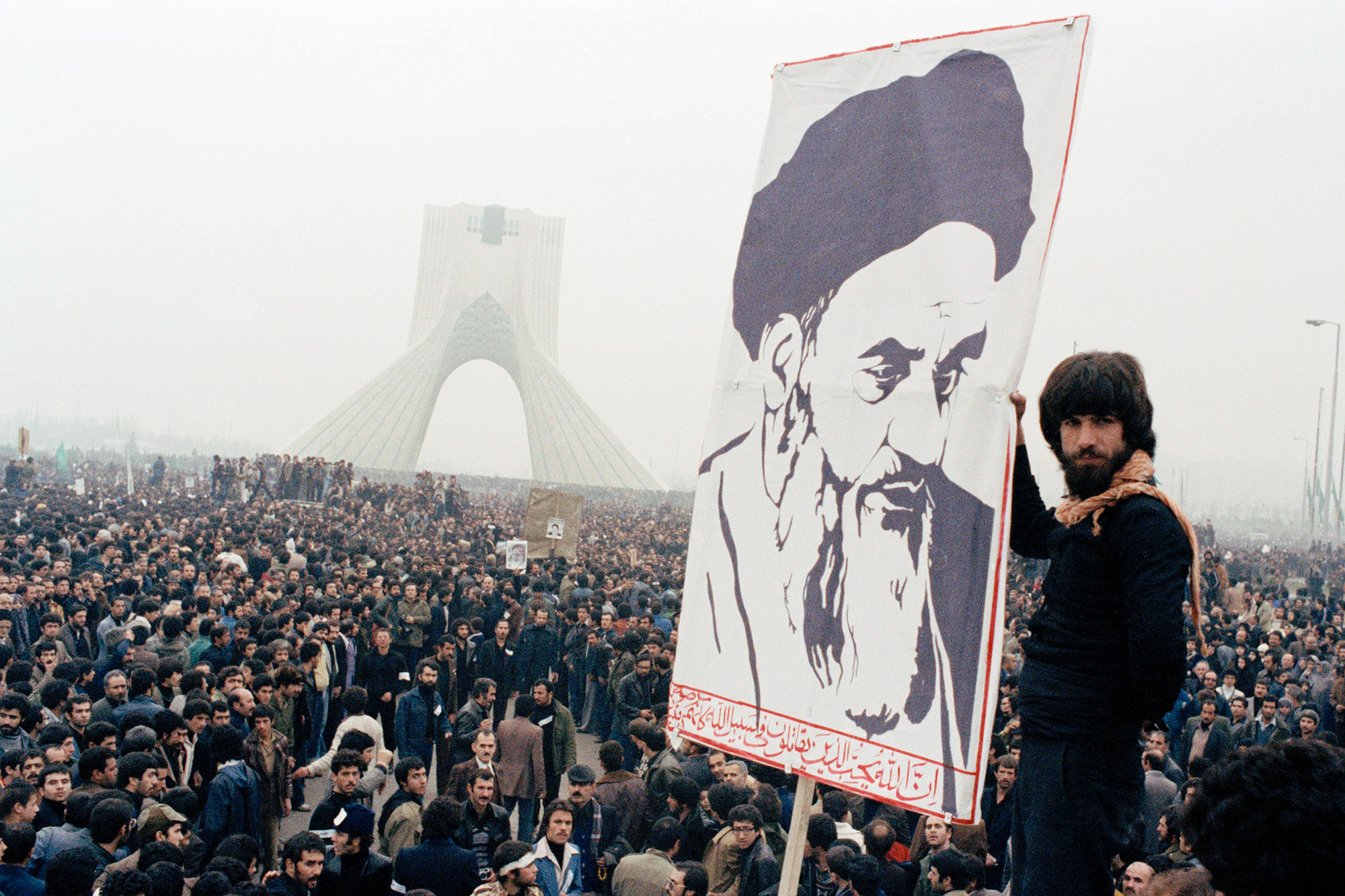President Trump’s 125% tariff on all Chinese imports places a major cost on goods from the world’s largest exporter. In 2024, China accounted for more than $3.5 trillion in global goods exports – nearly $500 billion more than the United States. That position is the result of a decades-long transformation that began from one of the weakest starting points in modern economic history.
In the early 1960s, China was reeling from the fallout of the Great Leap Forward. Mao Zedong’s campaign to rapidly industrialize the country through collectivized farming and forced labor led to mass famine, severe economic disruption, and tens of millions of deaths. By the time Mao died in 1976, China’s economy was isolated, inefficient, and underdeveloped. It accounted for less than 1% of global trade.
In 1978, Mao’s successor Deng Xiaoping launched a sweeping series of reforms that fundamentally reshaped the country’s path. He moved China away from strict central planning and toward a mixed model that retained one-party authoritarian political control but introduced market incentives, private enterprise, and more opportunities for outside investment. The government established Special Economic Zones to attract foreign companies, offering tax breaks and fewer restrictions to international firms.
As manufacturing costs rose in other parts of East Asia, multinational corporations began relocating production to China to take advantage of its large labor force and improving infrastructure. The Chinese government supported this shift with aggressive investment in roads, ports, and power, helping the country integrate quickly into global supply chains.
A major inflection point came in 2001, when China joined the World Trade Organization. That year China still only accounted for 4% of global exports despite accounting for 20% of the world’s population. WTO membership gave China more access to global markets and boosted its trade volumes sharply. As a result, over the next two decades, China’s share of global exports more than tripled and the country became a central hub for electronics, machinery, textiles, and increasingly, advanced technologies such as electric vehicles and solar panels.
By 2023, China produced over one-third of the world’s manufactured goods. Its economy relies heavily on exports, while service-oriented consumer economies like the U.S. have become increasingly dependent on Chinese factories.
President Trump’s tariff is a direct response to that dependency. He and his allies have pointed to two key concerns. First, the shift of manufacturing to China over the past three decades has coincided with the loss of millions of U.S. factory jobs. Many economists debate the exact cause, but President Trump’s story is simple and compelling: offshoring has weakened America’s industrial base.
Second, tariff proponents argue that deep reliance on China creates national security risks. During the COVID-19 pandemic, China controlled most of the world’s production of protective equipment. That left the U.S. and its allies scrambling for critical supplies at a vulnerable moment and is part of the reason Democratic Biden Administration also made reshoring American manufacturing away from China a key trade priority.
The new tariffs aim to force a shift – away from dependence on China and toward domestic or allied production. The economic impact will unfold over time, but the strategic message is immediate: President Trump refuses to let the U.S. remain economically intertwined with its biggest rival under the same terms.
Related
Sam Zickar
Sam Zickar is Senior Writer at No Labels. He earned a degree in Modern History and International Relations from the University of St Andrews and previously worked in various writing and communications roles in Congress. He lives in the Washington, D.C. area and enjoys exercise and spending time in nature.




